The ACL Return to Sport Test evaluates an athlete’s readiness to resume sports after ACL reconstruction, focusing on strength, functional symmetry, and psychological preparedness.
Overview of ACL Injuries and Return to Sport
ACL injuries are common among athletes, often requiring surgical reconstruction. Return to sport (RTS) is a complex process, involving rehabilitation to restore strength, stability, and function. The decision to return depends on biological healing, joint stability, and functional performance. Psychological readiness also plays a critical role. Athletes must achieve at least 90% strength symmetry and pass specific tests like the single-leg hop to ensure readiness. The process is criterion-based, with progression through phases focusing on muscle strength, neuromuscular control, and task mastery. Successful RTS requires a comprehensive approach to minimize re-injury risk and restore confidence.
Importance of the Return to Sport Test
The Return to Sport Test is crucial for ensuring athletes are ready to safely return to their sports after ACL reconstruction. It assesses strength, functional symmetry, and psychological readiness, helping prevent re-injury. The test evaluates if the athlete meets criteria like 90% strength symmetry, functional performance, and mental confidence. Passing these assessments indicates successful rehabilitation and lowers the risk of further injury. This comprehensive evaluation provides clarity for both athletes and clinicians, ensuring a safe transition back to sports.
Key Concepts in ACL Rehabilitation
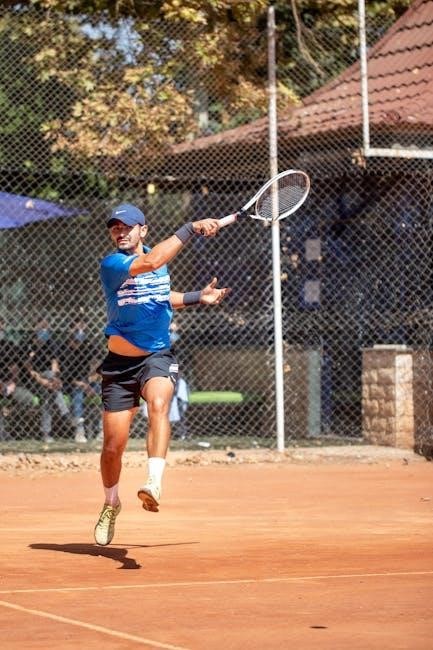
Muscle Strength and Functional Symmetry
Muscle strength and functional symmetry are critical criteria in ACL rehabilitation. Athletes must achieve at least 90% strength of the injured leg compared to the uninjured one. Functional symmetry is assessed through hop tests, ensuring equal weight distribution and movement patterns. These measures reduce re-injury risk and ensure proper joint stability. Strength training focuses on hamstrings and quads, while functional exercises mimic sport-specific movements. Achieving these benchmarks is essential for progressing to higher-level activities and gaining clearance for return to sport.
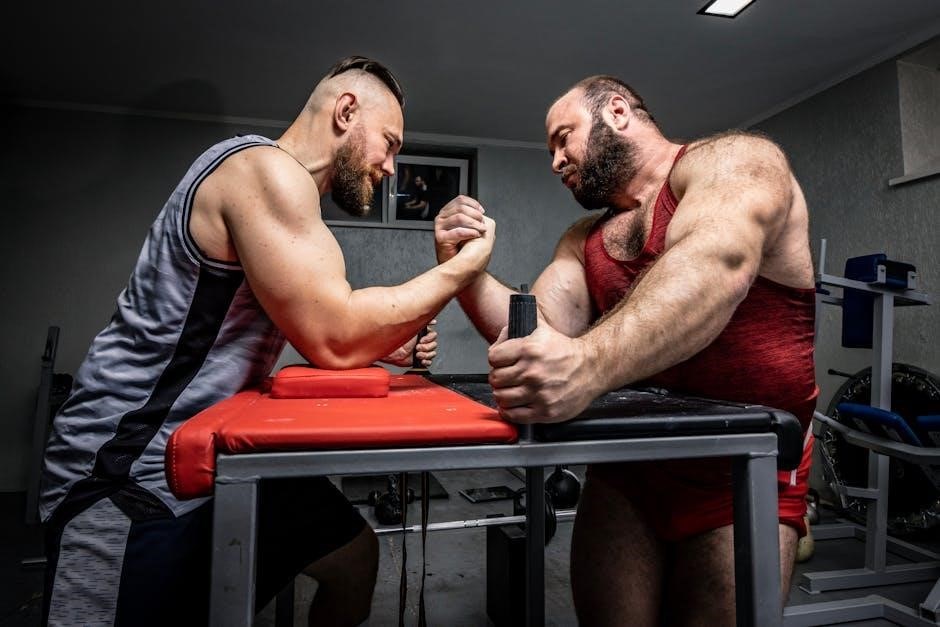
Neuromuscular Control and Task Mastery
Neuromuscular control and task mastery are essential for safe return to sport after ACL reconstruction. Athletes must demonstrate proper movement patterns, balance, and coordination. Tests like the Vail Sport Test and Carioca Drill assess agility and dynamic stability. Mastery involves performing sport-specific tasks without compensation or hesitation. Psychological factors, such as confidence, also play a role. Ensuring neuromuscular control reduces the risk of re-injury and enhances athletic performance. Clinicians use these assessments to confirm readiness for unrestricted sports participation, ensuring the athlete can handle the demands of their sport effectively and safely.
Psychological Readiness for Return to Sport
Psychological readiness is a critical factor in determining an athlete’s preparedness to return to sport after ACL reconstruction. Research highlights that psychological factors, such as confidence and mental readiness, play a significant role in successful return to sport. Athletes must overcome fear of re-injury and regain trust in their knee’s stability. Psychological assessments, including questionnaires and interviews, are often used to evaluate mental readiness. Addressing psychological barriers through counseling and positive reinforcement can enhance an athlete’s transition back to their sport. Ensuring psychological readiness, alongside physical recovery, is vital for a successful and sustainable return to athletic activities.
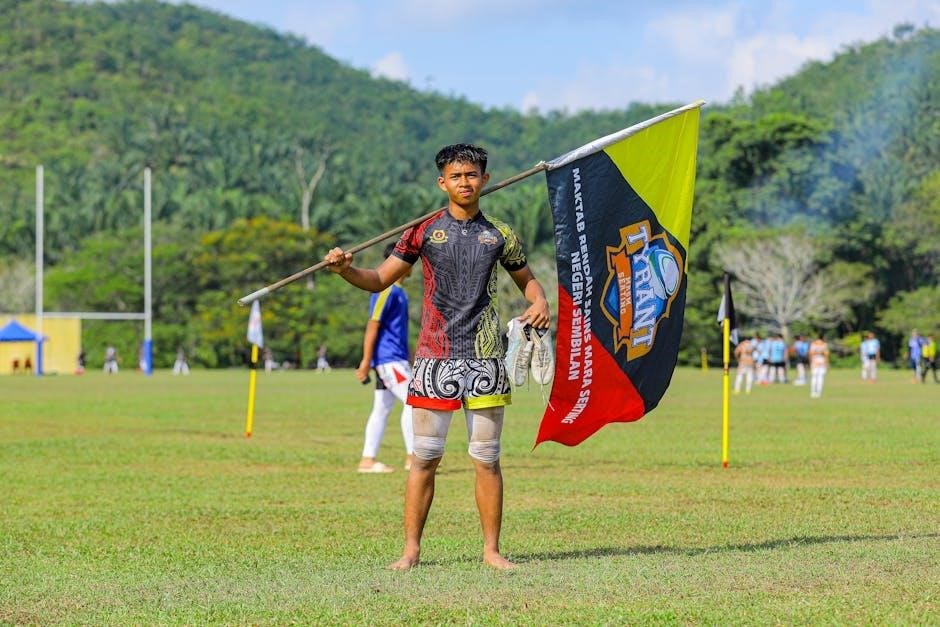
Criteria for Return to Sport
Psychological readiness is crucial for a successful return to sport after ACL reconstruction. Athletes must overcome fear, regain confidence, and trust their knee’s stability. Psychological assessments, including questionnaires, help evaluate mental preparedness. Addressing emotional barriers through counseling and positive reinforcement is essential. Research shows psychological factors, like confidence and mindset, significantly influence return to sport outcomes. Ensuring psychological readiness, alongside physical recovery, minimizes the risk of re-injury and fosters a smooth transition back to athletic activities. Mental resilience is as important as physical strength in achieving long-term success.
Strength and Hop Performance Criteria
Strength and hop performance are critical criteria for determining readiness to return to sport after ACL reconstruction. Athletes must demonstrate symmetrical muscle strength between the injured and uninjured legs, typically achieving at least 90% strength symmetry. Hop tests, such as the single-leg hop, assess functional performance and weight distribution. These evaluations ensure the knee can withstand the demands of sport. A passing score on hop tests, often requiring the injured leg to perform at 90% of the uninjured leg’s capacity, is essential for clearance. These criteria help minimize the risk of re-injury and ensure optimal functional recovery before returning to athletic activities.
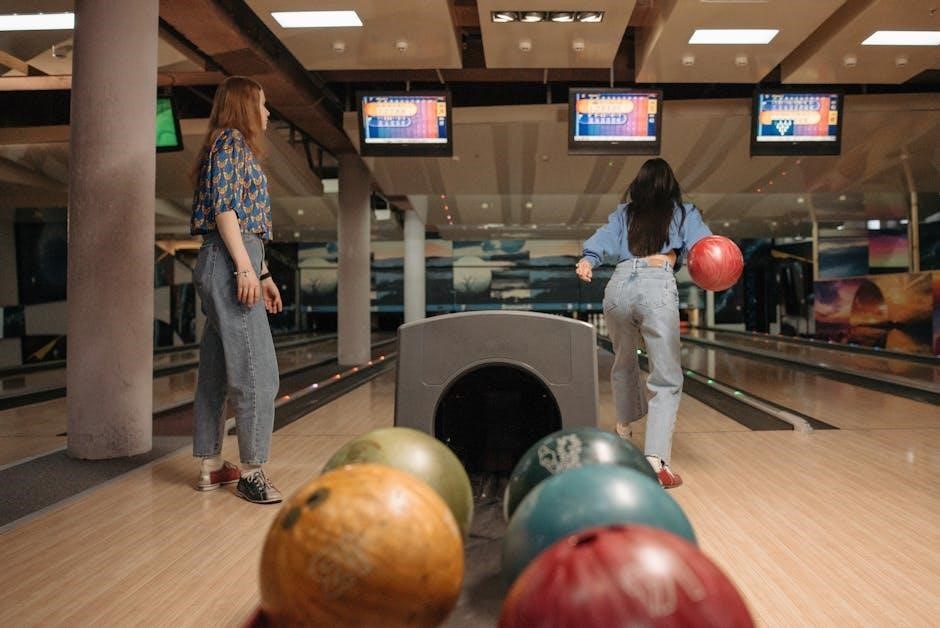
Functional Tests and Scoring Systems
Functional tests and scoring systems play a vital role in assessing an athlete’s readiness to return to sport post-ACL reconstruction. Standardized tests like the Melbourne Return to Sport Score evaluate knee function, stability, and psychological readiness. Scoring systems often include questionnaires and physical assessments, providing a comprehensive evaluation. These tools help clinicians and athletes identify strengths and areas needing improvement. By using these systems, the risk of re-injury can be minimized, ensuring a safe and effective return to athletic activities.
Melbourne Return to Sport Score
The Melbourne Return to Sport Score is a validated tool used to assess an athlete’s readiness to return to sport post-ACL reconstruction. It combines functional tests and patient-reported outcomes, focusing on knee function, symptoms, and psychological factors. The score ranges from 0 to 100, with higher scores indicating better readiness. Clinicians use this score alongside other criteria to ensure safe return to sport, reducing re-injury risks. It provides a clear, evidence-based measure to guide decision-making in rehabilitation progress and final clearance for athletic participation.
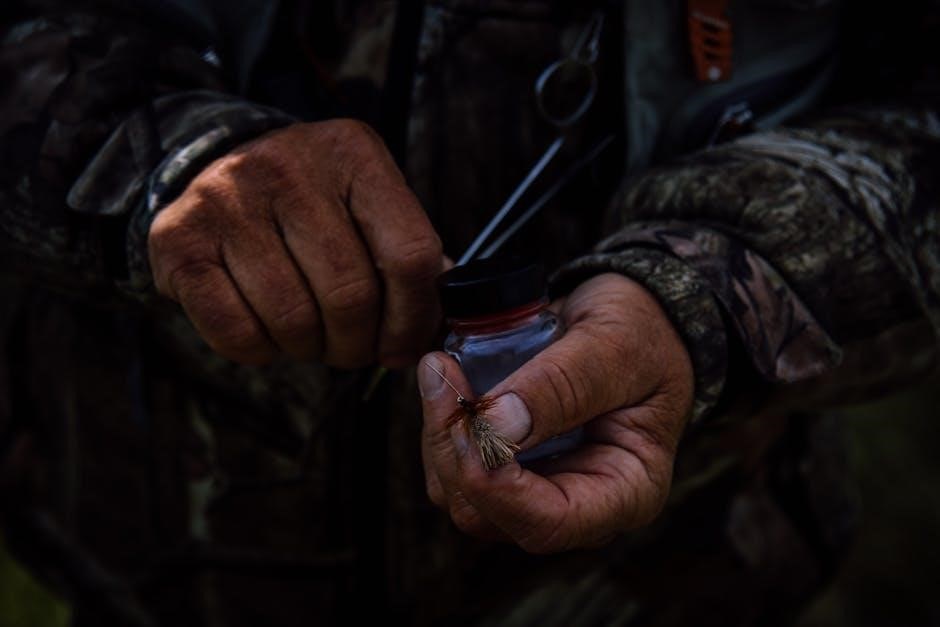
Specific Tests for ACL Return to Sport
Tests like the Vail Sport Test, Carioca Drill, and Single-Leg Hop Test assess functional abilities, agility, and weight distribution, ensuring athletes meet return-to-sport criteria effectively.
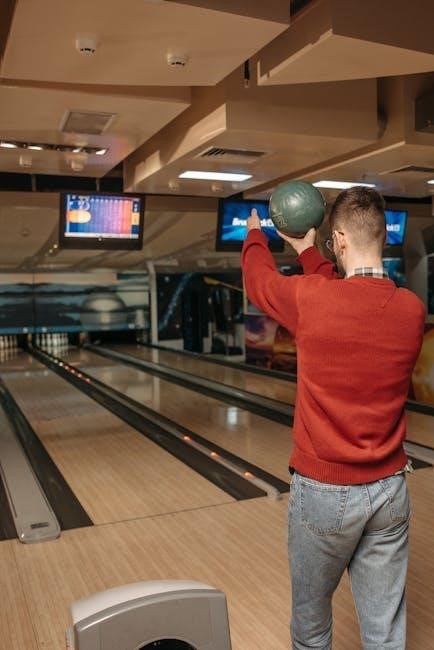
Vail Sport Test and Its Reliability
The Vail Sport Test is a comprehensive assessment for evaluating readiness to return to sport after ACL reconstruction. It focuses on functional performance, including strength, agility, and neuromuscular control. Studies have shown that the test demonstrates high reliability in measuring physical performance, making it a valuable tool for clinicians. By incorporating various drills that mimic real-life sporting movements, the Vail Sport Test helps identify any lingering deficits that might predispose an athlete to re-injury. Its criterion-based approach ensures that only those who meet specific benchmarks are cleared for return, enhancing safety and reducing re-injury risks.

Carioca Drill and Agility Assessment
The Carioca Drill is a dynamic agility test used to assess neuromuscular control and functional symmetry in athletes returning to sport after ACL reconstruction. It involves side-stepping with the lead leg, followed by the trail leg crossing in front, mimicking sport-specific movements. This drill evaluates agility, balance, and coordination, ensuring the athlete can perform complex maneuvers safely. By challenging both legs, it identifies any asymmetries that may increase re-injury risk. The Carioca Drill is a critical component of return-to-sport testing, providing insights into an athlete’s readiness for high-level competition and dynamic environments.
Single-Leg Hop Test and Weight Distribution
The Single-Leg Hop Test assesses lower limb function, focusing on strength, balance, and weight distribution symmetry post-ACL reconstruction. Athletes perform hops on the involved leg, comparing performance to the uninvolved side. Proper weight distribution is crucial, with the involved leg needing to bear at least 90% of body weight during squats. This test identifies imbalances that may predispose athletes to re-injury. Passing requires demonstrating functional symmetry, ensuring safe return to sport by confirming the leg’s ability to handle dynamic loads without compensation, thus reducing the risk of further knee instability or injury during athletic activities.
Rehabilitation Phases and Progression
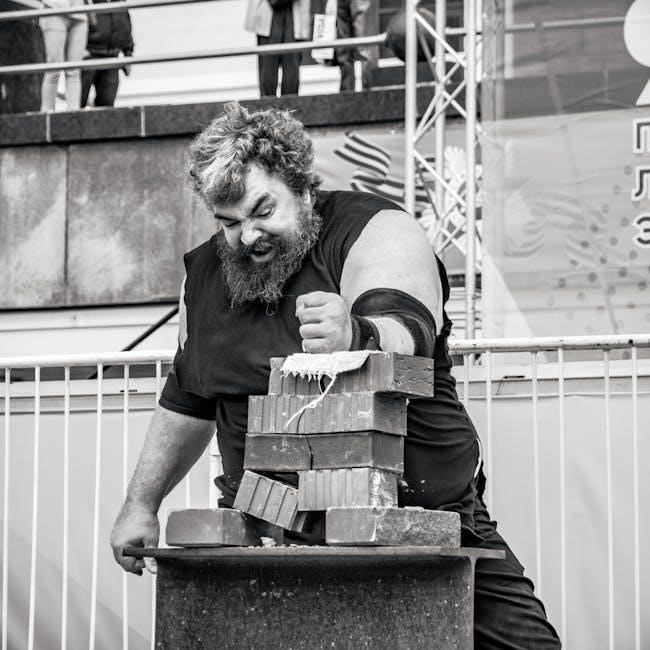
Phases of ACL rehabilitation include early strength building, progressing through agility drills, and final functional assessments to ensure readiness for sport activities safely.
Phase I-II Interventions and Agility Training
Phase I-II focuses on foundational strength and mobility, progressing to controlled agility drills like box drills and side-stepping. These exercises enhance neuromuscular control and prepare for advanced movements.
Phase 4 and Final Clearance for Sport
Phase 4 involves high-level agility and sport-specific tasks, ensuring athletes can perform without restrictions. Final clearance requires passing functional tests, achieving strength symmetry, and demonstrating psychological readiness for competition.
Role of Bracing in Return to Sport
Bracing is often considered to provide additional knee stability post-ACL reconstruction. It can boost confidence and reduce movement irregularities. However, bracing is not a replacement for proper rehabilitation. The decision to use a brace should be made in consultation with a physiotherapist and surgeon, based on individual needs, such as residual instability or psychological comfort. While some athletes find it beneficial, others may not require it if they have achieved sufficient strength and functional symmetry. Bracing is a personal choice and should align with the athlete’s specific recovery progress and sport demands.
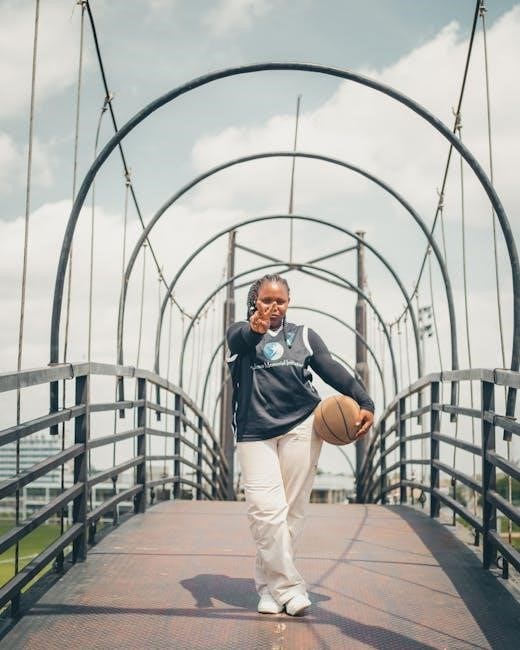
Psychological and Biological Factors
Psychological readiness and biological healing are crucial for successful return to sport after ACL reconstruction, ensuring joint stability and athlete confidence.
Biological Healing and Joint Stability
Biological healing after ACL reconstruction involves progressive collagen remodeling and graft maturation, essential for restoring joint stability. Achieving 90% weight-bearing squat symmetry ensures proper healing. Joint stability is assessed through strength tests and functional assessments, ensuring the knee can withstand sport demands. Psychological readiness also plays a role, as confidence in joint stability reduces reinjury risk. Proper biological healing and joint stability are critical for safe return to sport, typically occurring 9-12 months post-surgery. These factors are non-negotiable in the return-to-sport criteria, ensuring long-term knee health and optimal athletic performance.
Psychological Readiness and Risk of Re-Injury
Psychological readiness is crucial for a safe return to sport after ACL reconstruction. Athletes must exhibit confidence, fearlessness, and mental preparedness to avoid re-injury. Young athletes who fail to meet return-to-sport criteria, such as achieving 90% strength symmetry, are at higher risk of re-injury. Psychological factors, including mindset and confidence, often predict successful return better than functional tests alone. Addressing psychological barriers ensures athletes are mentally equipped to handle sport demands, reducing the likelihood of re-injury and fostering long-term knee health. A comprehensive approach combining physical and psychological assessments is essential for optimal outcomes.
Case Studies and Research Findings
Studies highlight psychological readiness as a stronger predictor of successful return to sport than functional tests. Failed return cases often involve inadequate strength and hop performance criteria.
Success Stories and Failed Return to Sport Cases
Research highlights varying outcomes post-ACL reconstruction. Athletes achieving 90% strength and hop performance criteria often return successfully, while those falling short face heightened re-injury risks. Psychological readiness plays a pivotal role, with motivated individuals exhibiting better outcomes. Failed cases frequently stem from inadequate rehabilitation progression or premature return. The Melbourne Return to Sport Score aids in assessing readiness, emphasizing functional symmetry and task mastery. Single-leg hop tests reveal movement patterns predictive of success or failure. Clinicians must weigh biological healing, joint stability, and psychological factors to optimize return-to-sport decisions and minimize re-injury likelihood in diverse patient populations.
Research on Return to Sport Criteria Validity
Studies evaluating return-to-sport criteria after ACL reconstruction reveal mixed findings. While strength and hop performance benchmarks are widely used, their predictive value for successful reintegration into sports remains debated. Research suggests that functional tests, such as the Vail Sport Test and single-leg hop assessments, provide insights into physical readiness but may not fully predict long-term outcomes. Psychological readiness and biological healing are increasingly recognized as critical factors. The Melbourne Return to Sport Score incorporates both objective measures and subjective assessments, offering a more holistic evaluation. However, the optimal criteria for individualized return-to-sport decisions remain a topic of ongoing investigation and refinement in clinical practice.
The ACL Return to Sport Test is a critical tool for assessing readiness, balancing physical recovery with psychological preparedness to ensure safe and effective reintegration into sports activities.
Final Thoughts on ACL Return to Sport Testing
Effective ACL return-to-sport testing ensures athletes regain necessary strength, stability, and confidence. It minimizes re-injury risks and aids in personalized rehabilitation. Proper assessment tools like hop tests and functional drills are essential. Psychological readiness is equally crucial, as fear or hesitation can hinder performance. Clinicians must tailor criteria to individual needs, balancing biological healing with functional capabilities. Ultimately, successful testing paves the way for a safe and confident return to sports, reducing long-term injury risks and enhancing overall athletic potential.
Future Directions in ACL Rehabilitation
Future advancements in ACL rehabilitation may focus on personalized recovery plans, integrating wearable technology and AI for real-time monitoring. Enhanced return-to-sport criteria could incorporate biomarkers and advanced imaging to assess tissue healing. Psychological support systems, like mental readiness apps, might become standard. Additionally, research into optimized bracing solutions and neuromuscular training programs could improve outcomes. The integration of these innovations aims to reduce re-injury rates, accelerate recovery, and ensure athletes return to their highest performance levels safely and effectively.
